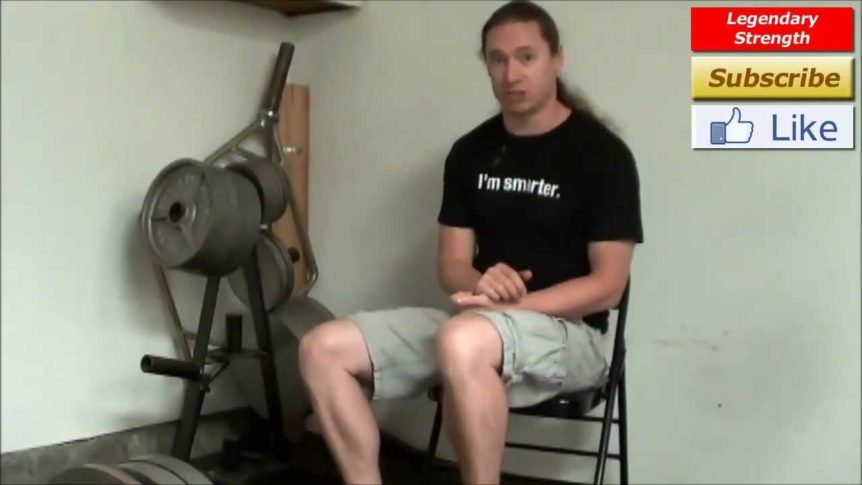What’s the best way to run? Should you run on your heels or toes? What about various shoes and their effect on the way you run?
Our feet are designed in a way which makes it possible to run, walk or just support our weight. There was actually a study[¹] done by military on whether or not specially designed shoes could help prevent injuries . They also had a control group wearing regular shoes and it turns out that there was almost no difference in the amount of injuries between two groups.
Moreover, there was a podiatrist (foot specialist) who claimed[²] that it’s not possible to have a natural human gait while wearing any type of shoes. Essentially, we are designed to be barefoot despite the fact that’s not always possible nowadays. In addition to beneficial grounding aspects I’ve talked about on many occasions , wearing shoes throws off our body’s natural weight distribution. This is even more pronounced and damaging by running, since the stress on our bodies is even higher in that case. This is especially true for regular marathon runners, who often end up in pain and sustain injuries.
For example, if you are landing on your heels with every step you take, that stress usually ends up in your knees or even lower back. Almost all running shoes on the market come with a thick heel, which actually promotes heel striking as you won’t feel the stress while you run. However, you’ll definitely feel it overtime in other parts of your body as mentioned above. Generally, the bigger the heel is, the bigger the damage will be. Even flat shoes have a bit of a heel, so they are still not good enough for running.
When I run, I wear Vibrams and even though they do have a bit of heel padding, they are perfect for getting used to bear foot running, since something like that truly requires some getting used to, especially if you’re overweight or have never tried it before. As most of us spent our whole lives in shoes, our feet aren’t going to like running barefoot at first, so we have to do it gradually. Having said that, the best place to start is to just walk barefoot. It might be a bit uncomfortable until your feet toughen up a bit, but there’s no way around it.
Although some people claim differently, you actually still can run in a bad manner and end up heel striking while wearing Vibrams. On the contrary, if you put an effort to deliberately stay on your toes, wearing any type of shoes, you’ll be able to prevent the impact just by the sheer fact that the arch of the foot is designed to absorb that energy; ultimately stopping the stress on your knees and lower back.
I’d say the most important thing is to minimize heel striking while running and in case you need to strike with your heels on longer distances, try to reduce the mileage instead. Work on your technique and try to get involved in barefoot running. For example, my brother enjoy marathons and he ran them barefoot, but that’s something you can achieve gradually and definitely not a thing to start with. Check out links below for more information on this topic.
Podcast – Barefoot Running with Zane Christopher
Podcast – Barefoot running Technique Part 2
6 Mile Barefoot Run
Vibram Five Finger Shoes Review
- Effect on Injuries of Assigning Shoes Based on Foot Shape in Air Force Basic Training
- Why Shoes Make “Normal” Gait Impossible by William A. Rossi, D.P.M.


Comments
Hi,
Acquired a spine injury couple years ago, and can’t even WALK in heeled shoes anymore. To the point where a regular shoe feels like I’m wearin’ heels. So took to wearing Converse to the gym for lifting..
And an age to figure out a usable running shoe that doesn’t have much heel padding. After searching like crazy, yes, minimalist shoes are the best bang for your buck..and reduce back strain like nothing else. Technique and limiting time / volume is important too!